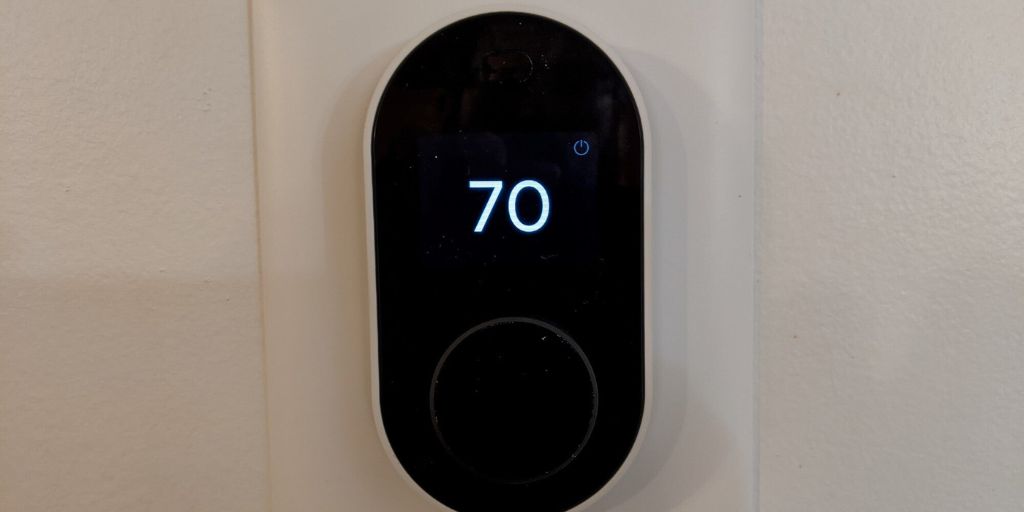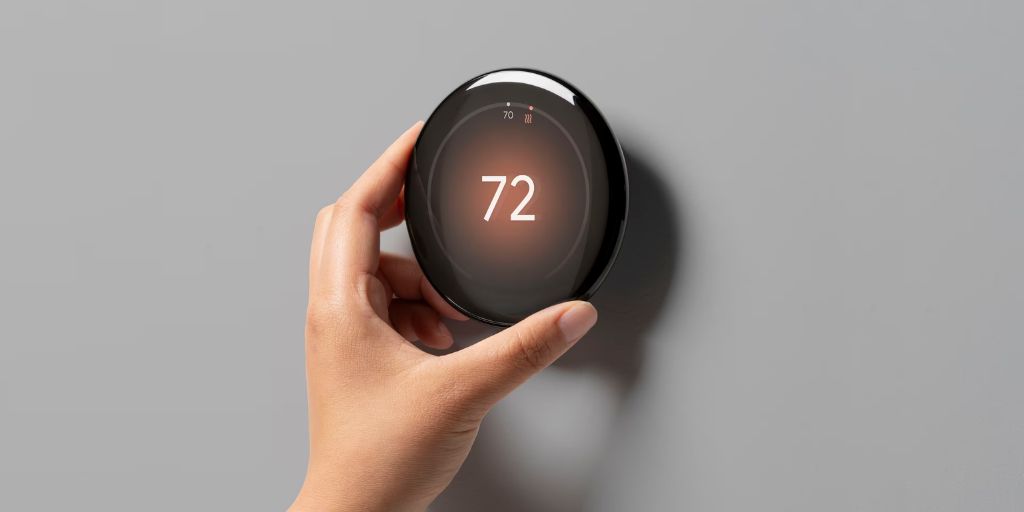In an era of rising energy costs and increasing environmental consciousness, smart thermostats have become a popular way to cut utility bills while maintaining a comfortable home. These devices go beyond simple temperature control—using automation, learning algorithms, and remote access to optimize your HVAC system’s performance.
But with so many options available, how do you choose the right one for your home? This guide highlights the best smart thermostats that save you money, offering a balance of features, compatibility, and energy-saving capabilities.
Why Choose a Smart Thermostat?
Before diving into the top picks, it’s important to understand why smart thermostats are worth the investment:
-
Automatic scheduling adjusts temperatures based on your habits.
-
Remote control lets you change settings via smartphone or voice assistant.
-
Energy reports help you identify waste and improve efficiency.
-
Geofencing can turn heating/cooling off when you leave home and on when you return.
According to the U.S. Department of Energy, turning your thermostat back 7°–10°F for 8 hours a day can save as much as 10% a year on heating and cooling. Smart thermostats make that process effortless.
Top Smart Thermostats for Energy Savings
1. Google Nest Learning Thermostat (3rd Gen)
Best For: Homes that want a thermostat that “learns” your routine
Price: Around $250
Why it saves money:
The Nest Learning Thermostat programs itself based on your usage. After a few days of adjustments, it creates a schedule that optimizes temperature control when you’re home or away.
Key features:
-
Auto-Schedule and Auto-Away
-
Energy usage reports
-
Works with Alexa, Google Assistant
-
Sleek stainless-steel design with high-resolution display
Pros:
-
Easy to install and use
-
Reduces energy usage intelligently
-
Geofencing and motion detection
Cons:
-
Pricier than some competitors
-
May require a C-wire in some setups
2. ecobee Smart Thermostat Premium
Best For: Voice control and sensor integration
Price: Around $250
Why it saves money:
Ecobee uses SmartSensor room detectors to maintain comfort where it matters most. It also uses weather data and occupancy patterns to adjust heating/cooling intelligently.
Key features:
-
Built-in Alexa (can also use Siri or Google Assistant)
-
Air quality monitoring
-
SmartSensor support for room-by-room control
-
Energy reports via Home IQ
Pros:
-
Great for multi-room homes
-
Premium build quality
-
Supports Apple HomeKit
Cons:
-
Larger footprint on the wall
-
Slightly more complex installation
3. Amazon Smart Thermostat
Best For: Budget-conscious smart home users
Price: Around $80
Why it saves money:
Developed with Honeywell’s thermostat tech, this affordable model supports Alexa voice control and offers solid automation features for a fraction of the price.
Key features:
-
Alexa-enabled (via Echo device)
-
Simple scheduling via app
-
ENERGY STAR certified
Pros:
-
Great value
-
Easy to use through Alexa
-
Ideal for basic smart upgrades
Cons:
-
No support for Apple HomeKit or Google Assistant
-
No touchscreen or advanced features
4. Honeywell Home T9 Smart Thermostat
Best For: Families with variable room temperatures
Price: Around $200
Why it saves money:
The T9 uses smart room sensors to deliver consistent comfort and cut costs. You can prioritize rooms based on occupancy and temperature fluctuations, avoiding wasted heating or cooling.
Key features:
-
Room sensor support (range up to 200 ft)
-
Works with Alexa, Google Assistant, and Apple HomeKit
-
ENERGY STAR certified
Pros:
-
Great sensor integration
-
Good app interface
-
Customizable alerts
Cons:
-
Some advanced features require subscription
-
Larger design may not suit all aesthetics
5. Wyze Thermostat
Best For: Simple smart functionality at a low cost
Price: Around $70
Why it saves money:
Wyze brings smart features to budget users. It offers scheduling, app control, and integration with Google Assistant and Alexa, helping you reduce energy waste without breaking the bank.
Key features:
-
App control with usage tracking
-
Basic scheduling and automation
-
Voice control support (Google & Alexa)
Pros:
-
Incredibly affordable
-
Great mobile app
-
Compatible with most systems
Cons:
-
No geofencing
-
Lacks advanced learning algorithms

What to Look For in a Smart Thermostat
Choosing the right thermostat depends on your HVAC system, your home’s layout, and your preferences. Consider these factors:
🔧 System Compatibility
Not all smart thermostats work with all HVAC systems (especially if you have multi-stage heating/cooling, electric baseboards, or older setups). Check compatibility and whether a C-wire is required.
📱 App and Voice Control
Look for devices that support the voice assistant you use—whether Alexa, Google Assistant, or Siri/HomeKit—and that have a reliable mobile app for remote control.
🧠 Learning Algorithms
Some thermostats, like the Nest, learn your schedule and adjust over time, while others require manual setup.
🌍 Geofencing
Thermostats that track your phone’s location can automatically adjust temperatures when you leave or return, helping save energy without effort.
🏠 Room Sensors
Systems like Ecobee and Honeywell T9 use wireless sensors to prioritize specific rooms, reducing hot or cold spots and preventing overuse of your HVAC.
Final Thoughts: The Smart Choice for Savings
Smart thermostats are one of the most effective ways to reduce energy usage without sacrificing comfort. Whether you’re looking for a premium system like the ecobee Smart Thermostat Premium, a sleek learning model like the Google Nest, or a budget-friendly solution like the Wyze Thermostat, there’s an option for every household.
To get the most out of your smart thermostat:
-
Use automated schedules
-
Enable away modes or geofencing
-
Place room sensors strategically
-
Monitor energy reports regularly
Even with the initial cost, these devices can pay for themselves within a couple of years through lower utility bills and increased efficiency. Plus, many utility companies offer rebates for ENERGY STAR smart thermostats—check with your local provider.



